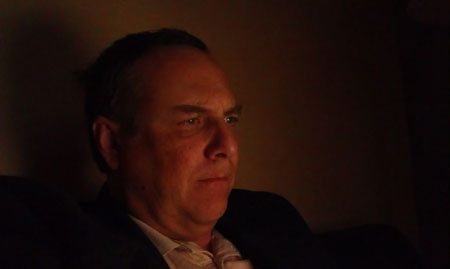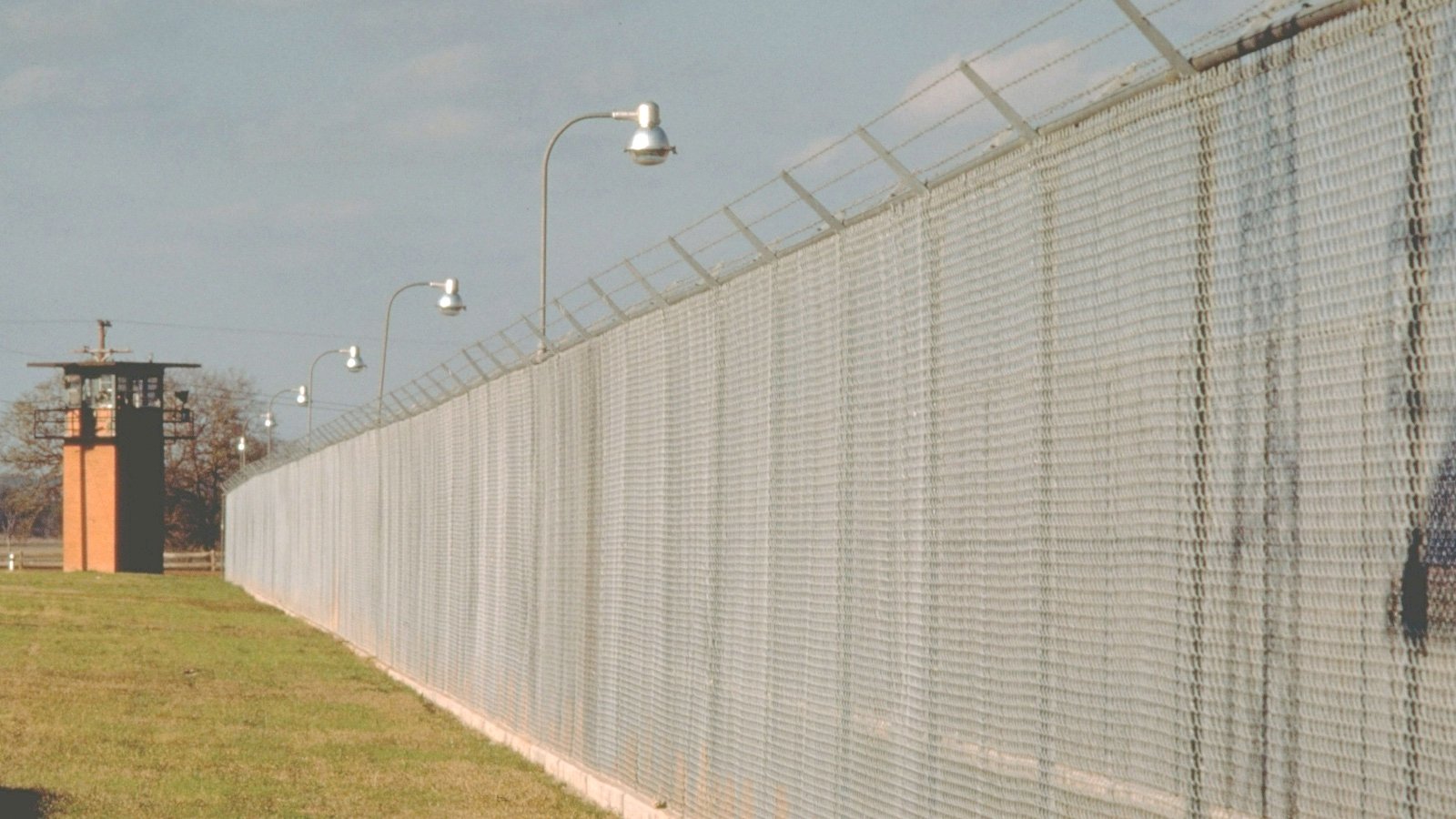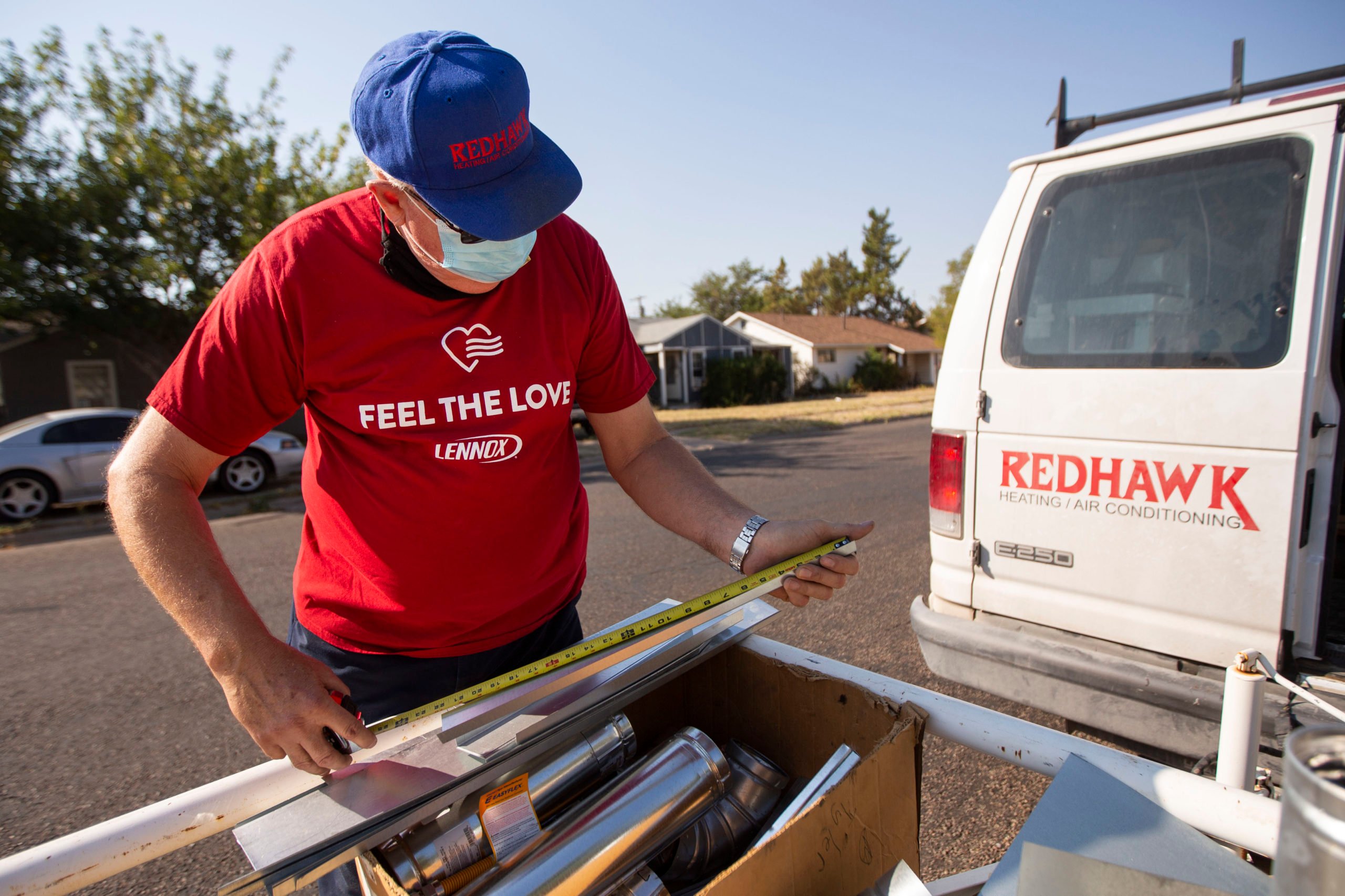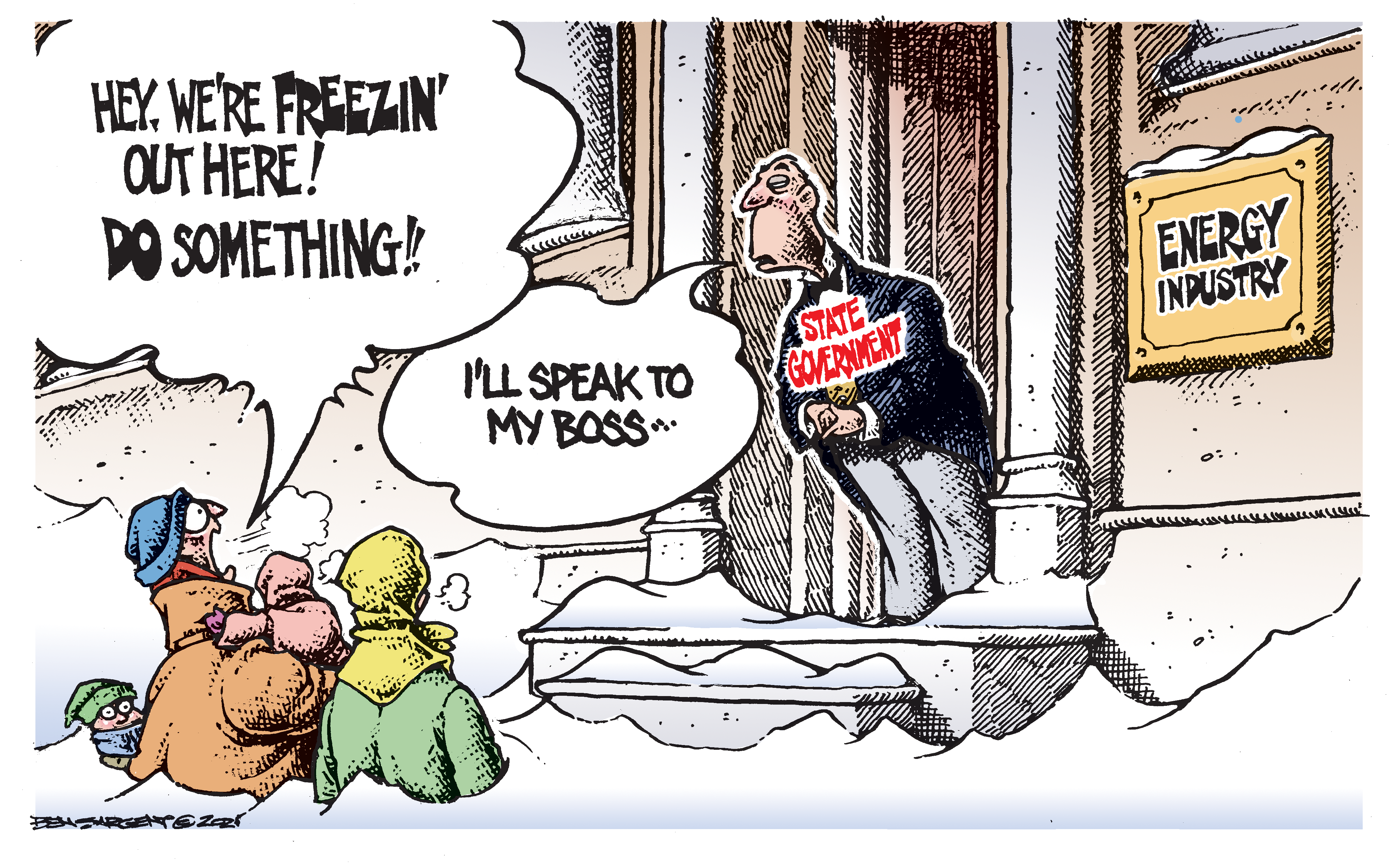
Spotted at the Capitol: Acknowledgment of Climate Change

Like the sound of a golden-cheeked warbler (ter-wih-zeee-e-e-e, chy), something rare was heard today at the Capitol: the science of climate change. Or more specifically, the intersection of global warming and drought. The occasion was a joint hearing of the Natural Resources Committees, which convened this morning to kick-off debate over Texas’ water woes. State Climatologist John Nielsen-Gammon recapped the sobering facts of our present (and future) drought.
- 2011 was the worst one-year drought on record for Texas.
- 2012 was five inches below normal precipitation.
- Rainfall over the last two years combined was 68 percent of normal precipitation.
- Statewide reservoir storage is at the lowest level for this time of year since at least 1990.
- The last two years featured “exceptionally warm temperatures,” and were among the three warmest years on record.
- The drought of the 1950s was the state’s longest drought on record, but tree rings show that droughts in Texas have lasted longer.
- The current drought ranks third worst, behind the ’50s and 1915-1918. But if Texas is still in drought by the end of summer it will move into second place.
- The official long-range forecast says odds are slightly tilted toward dry conditions through remainder of winter and spring. It’s also warmer than normal.
- We are also in a multi-decade period of increased drought susceptibility based on temperature patterns in the Atlantic and Pacific oceans. Once one or both patterns change, Texas should return to relatively wet conditions.
Bottom line: “The year 2011 was about as bad as it gets for agriculture. But it’s these multi-year droughts that strain water supplies. And there’s still a good chance this could end up being the drought of record for most of the state. Nonetheless this is Texas and a few very wet months might be all it takes to turn the immediate situation around.”
Following Nielsen-Gammon’s presentation, state Rep. Trey Martinez Fischer (D-San Antonio) asked the climatologist about the correlation between climate change and the current drought.
“At present the climate records in the state indicate an overall increase of total rainfall which may or may not be climate change related. The triggering factor of El Niño and La Niña, we don’t know how that will change because of climate change. The only factor related to the drought that can be clearly related to climate change is the change in temperature. The state temperature has increased on average about 2 degrees Fahrenheit since the 1970s. … That aspect of the drought is being made worse by climate change.”
No other follow-up questions were asked. And, so, climate change was not so much discussed as briefly heard. But that’s still an improvement over the usual cone of silence.


